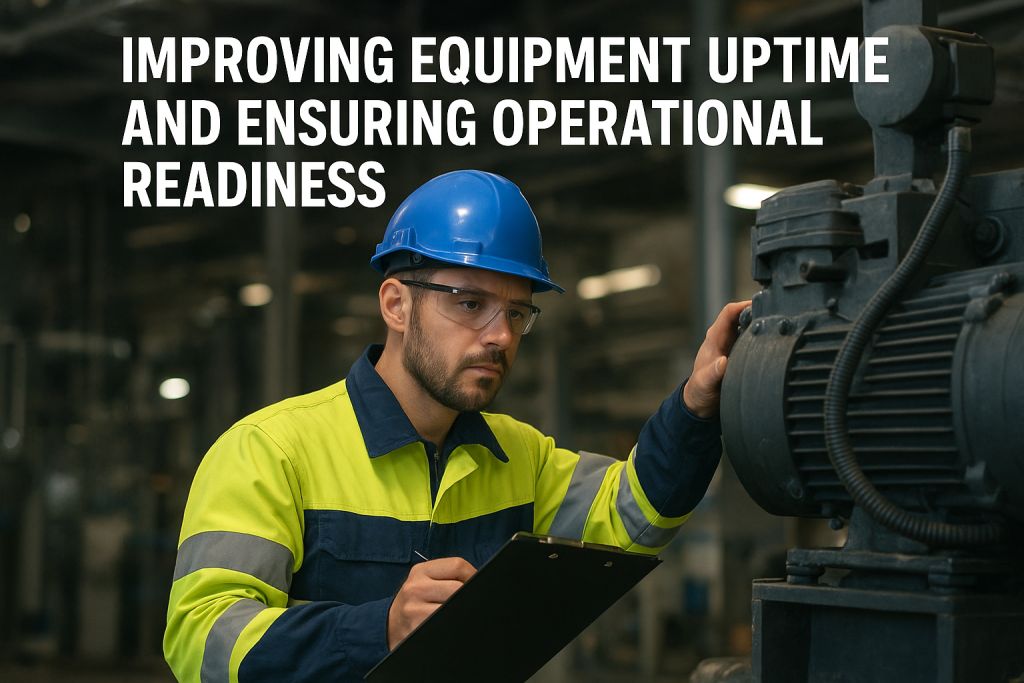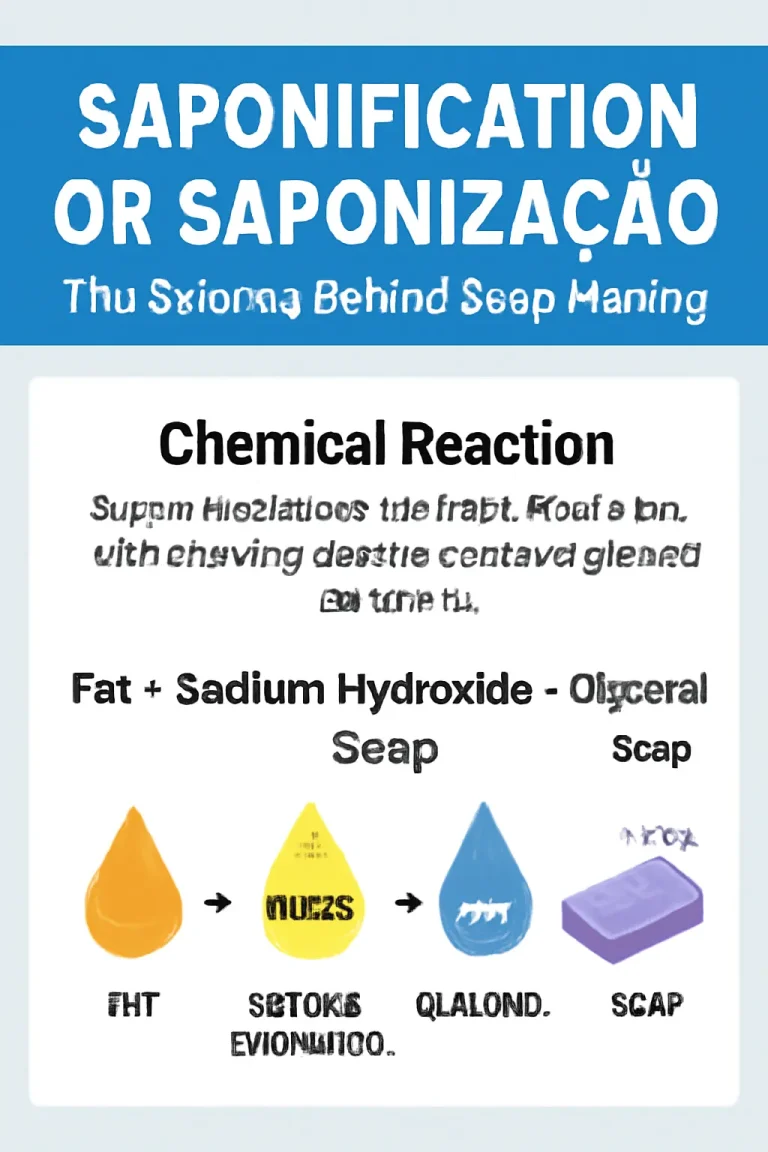Improving Equipment Uptime and Ensuring Operational Readiness
In manufacturing and industrial settings, the performance of machines plays a critical role in overall productivity and operational success. Two of the most important indicators of equipment effectiveness are uptime and availability. Understanding how these metrics function—and developing strategies to improve them—can lead to better efficiency, lower costs, and stronger business performance.
What is Uptime?
Uptime measures how long a machine is actively functioning without interruption. It serves as a clear reflection of equipment reliability. The higher the uptime, the more consistently a machine contributes to production goals. Maintaining high uptime levels requires regular care, skilled operation, and machinery that is built to perform under pressure.
What is Availability?
Availability, while similar to uptime, takes a broader view. It considers the amount of time a machine is ready for use, even when it is not currently running. This readiness ensures that equipment can be activated when needed, without delay. Maintaining high availability helps prevent gaps in the production cycle and ensures workflows remain on track.
Why Uptime and Availability Matter
When both uptime and availability are optimized, organizations gain greater control over output, timelines, and cost management. Equipment that is consistently operational reduces the likelihood of bottlenecks, emergency repairs, and missed deadlines. This reliability also supports customer satisfaction by helping teams deliver quality products on schedule.
Key Factors Affecting Uptime and Availability
Several key factors influence these performance measures. Preventive maintenance is a foundational practice. By planning routine service checks, inspections, and part replacements, businesses can avoid unplanned downtime and address minor issues before they turn into major failures. This proactive approach keeps machines in better condition over time.
Importance of Workforce Training
Workforce training is also essential. Skilled operators and maintenance teams are more likely to recognize early warning signs of wear or malfunction. Their ability to take quick, informed action can make the difference between a minor delay and a costly breakdown.
Equipment Selection and Environmental Conditions
The choice of equipment is equally important. Machines that are built for durability, and that feature built-in monitoring or diagnostic tools, often provide better long-term performance. These tools can simplify maintenance, highlight problem areas, and make data collection more efficient. Environmental factors, such as dust, temperature, and humidity, should also be monitored. Excessive exposure to harsh conditions can accelerate wear and increase the risk of failure.
Tracking Performance with Metrics
To effectively track performance, organizations rely on metrics like Mean Time Between Failures (MTBF) and Mean Time to Repair (MTTR). MTBF helps indicate how often machines typically run before experiencing issues. MTTR, on the other hand, reflects how quickly problems can be resolved. Together, these metrics provide a clear view of reliability and maintenance response time.
Leveraging Predictive Maintenance
Advanced strategies like predictive maintenance can further improve uptime. With the use of sensors and data analytics, companies can identify early signs of equipment stress and intervene before failure occurs. This data-driven approach helps reduce downtime, optimize scheduling, and extend the lifespan of key assets.
Ultimately, focusing on uptime and availability is about more than just minimizing breakdowns. It is about building a system that can consistently support business demands and adapt to operational pressures. With the right investments in equipment, training, and preventive strategies, businesses can run more efficiently, meet expectations with confidence, and remain competitive in fast-paced industrial markets. For more on this, check out the accompany resource from Advanced Technology Services, a provider of industrial maintenance training.







